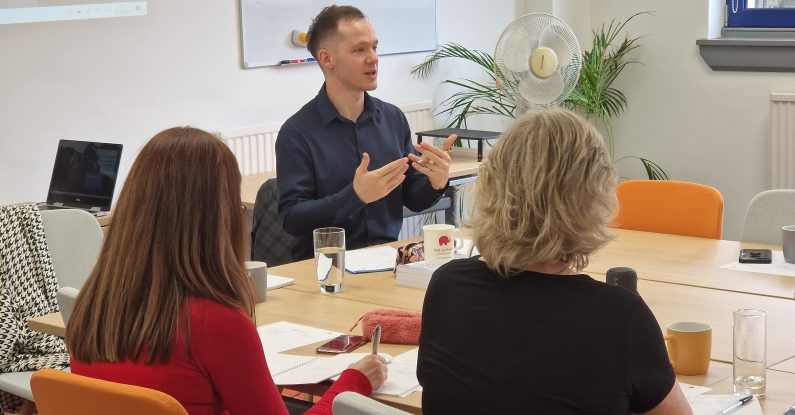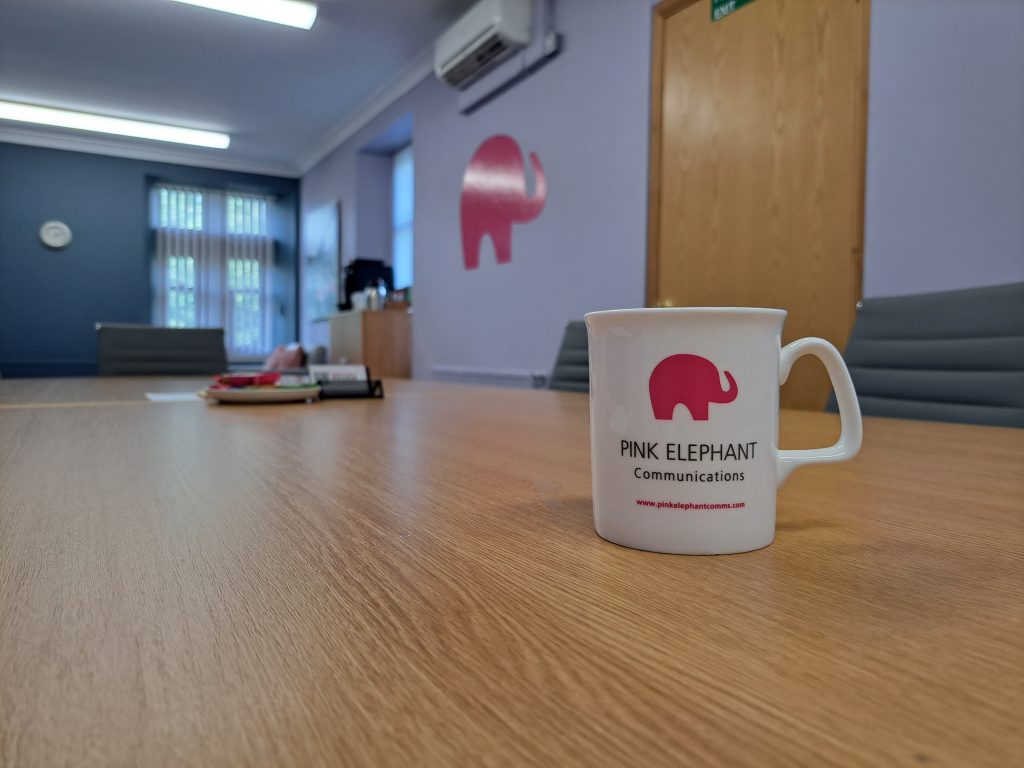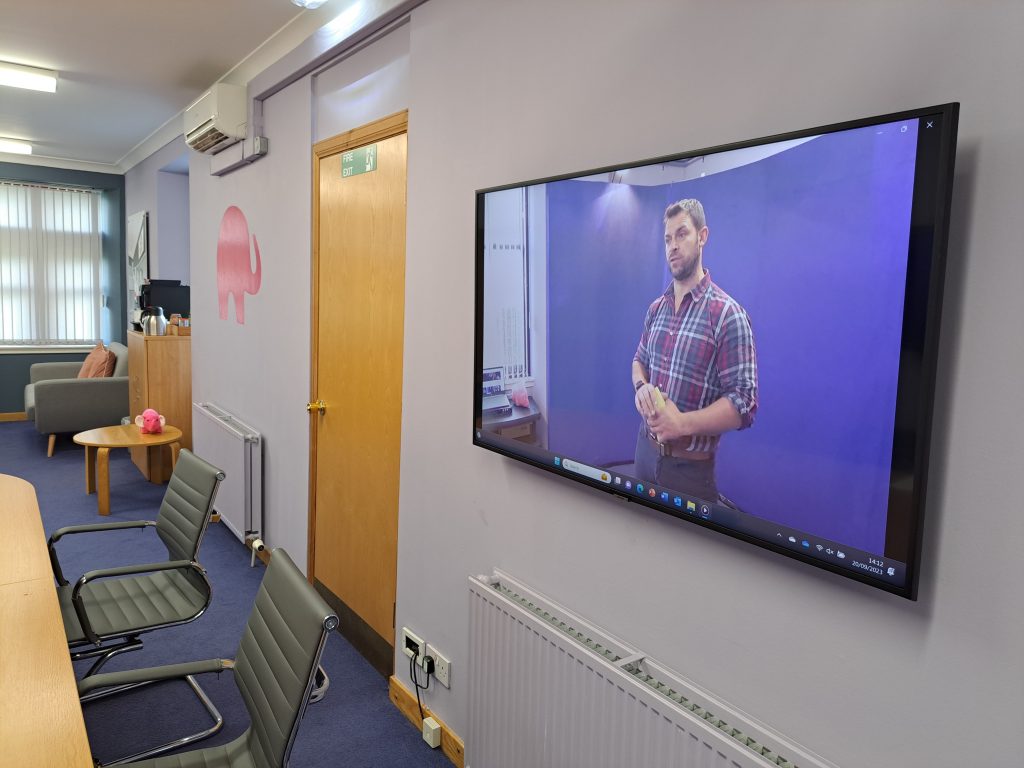
I often start our storytelling training sessions with this question.
When was the last time you heard a really good story?
Is it difficult to think of an answer?
Perhaps that’s because we often fail to think of the things we hear, read or see as stories.
We equate stories with books.
That novel you read on the beach last summer or the pages you skimmed tucking your kids into bed.
That’s why when we’re told we need to incorporate storytelling into our next presentation it can often cause us to panic.
We start to believe that storytelling is beyond our capabilities and that we’ll struggle to do it without previous writing experience.
In fact, stories and storytelling are all around us. Every time you read a newspaper, watch a film or sit in a meeting.
You’re already an expert in storytelling.
Sharing a recap of your day at work with your partner or talking about a holiday with a mate is storytelling.
It’s that simple, yet it brings up challenges for so many of us.
Here are the three biggest problems we face in storytelling and how to combat them.

We agonise over what to say at that pivotal part of our story we often forget the start.
While the traditional opener of “wait until you hear this” works at home, we’ll likely need a different approach at work.
A strong start captivates our audience so it’s important to get it right.
Avoid words such as “so” or “ok”.
These are just fillers our brains blurt out while looking for what it wants to stay.
Instead, take a breath and pause.
Give yourself a minute to really give your story the beginning it deserves.
Then we go in with “I’m going to tell you about a time when” or “last week I was”.
TED Talks are a great example of how to get that start just right.

The dreaded interruption can be off-putting for even the most experienced storyteller.
And there are more ways a presenter can be interrupted than the traditional question.
Someone leaving their room, checking their phone or even a yawn can be enough to disrupt your flow.
Remember the key to storytelling is to keep going.
Is it awkward watching someone almost fall asleep as you speak? Sure.
But is it a reflection of your performance? No.
We all have so many things going on in our lives at any one time.
Perhaps that call is from their child’s school, or maybe they’ve been kept up all night and are desperately tired.
Their reaction is based on them and their life.
Avoid focusing on it and carry on for the rest of the audience who are watching intently.
Your beginning wowed the crowd, you coped with the phone ringing at the back, and now the end has come.
“That’s all from me, cheers.”
Ah.
That fell flat.
Avoid the final memory of your performance being a let down by ensuring you get that ending right.
This is where a call to action comes in.
Before we let our audience out the door, we want to give them something to remember us by.
We can do this by giving them one clear instruction, such as:
“Thanks for listening. Please email me your thoughts by 5pm.”
Alternatively, we can leave them with a message.
A statement that will allow them to easily remember the purpose of the story.
David Attenborough does this brilliantly while telling stories of the wild.
He’ll sum up with:
“This is why we must tackle climate change.”
For more tips on storytelling, speak to us today.
Our in-person and e-learning courses are filled with helpful tools to boost your confidence ahead of any storytelling session.
Maxine Montgomery is a Media & Communications Trainer at Pink Elephant.
Read more about her here.
Photos in Storytelling training UK blog by Pink Elephant Communications.
Storytelling training UK blog written by Maxine Montgomery.
Storytelling training UK blog edited by Colin Stone.
26th October 2023 Featured in: Blog, Business writing training blogs, Communication skills training blogs, Our courses blogs, Presentation skills training blogs, Public speaking training blogs By: Pink Elephant
Some media trainers knock you down…and leave you down. Our media coaches show you how to deal with each knock…and still win through. So you have the presentation skills to perform – with confidence.